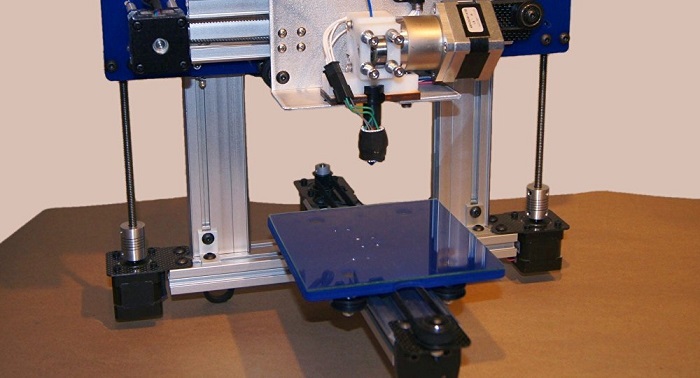The technology has made great strides in just a few years. Seeing an opportunity, North Korea has unveiled a printer that can manufacture human bone for cosmetic surgery and dentistry.
"With this new technology, we can mold various bone fragments through a detailed facial blueprint," Dr. Hwang Seong-hyeok told North Korean television network KCTV.
Footage shows doctors using the machine to allegedly build a lower jaw. The footage also shows the machine’s patent documentation.
The medical community has shown a growing interest in 3D printing. Last month, scientists at the Siberian Federal University made a major breakthrough in the development of synthetic bones.
"Creating synthetic bones from biocompatible materials tailored to suit anatomic and morphofunctional characteristics of individual patients will become a ‘golden standard’ of orthopedics in the near future," Ekaterina Shishatskaya, head of the university’s Medical Biology Department told Rossiyskaya Gazeta.
"It would also help avoid using xenogeneic material to treat pathology. Additive prototyping allows manufacturing products of virtually all shapes and sizes. All we need is a technology for processing biopolymer material for printing."
Bioprinting will also come in handy in space.
"The development of a magnetic bioprinter will allow printing tissue and organ constructs which are hypersensitive to the effects of space radiation…for biomonitoring of the negative effect of cosmic radiation in the conditions of a prolonged stay in space and for the development of the preventive countermeasures," reads a press release from 3D Bioprinting Solutions, after signing a contract with the United Rocket and Space Corporation earlier this month.
Consumer-level 3D printers are easily available. A cheaper model is offered for some $350 at big-box retailer Office Depot, but it may be better to spring for the top-shelf model if will be used for life-saving medical purposes.
More about:
















































